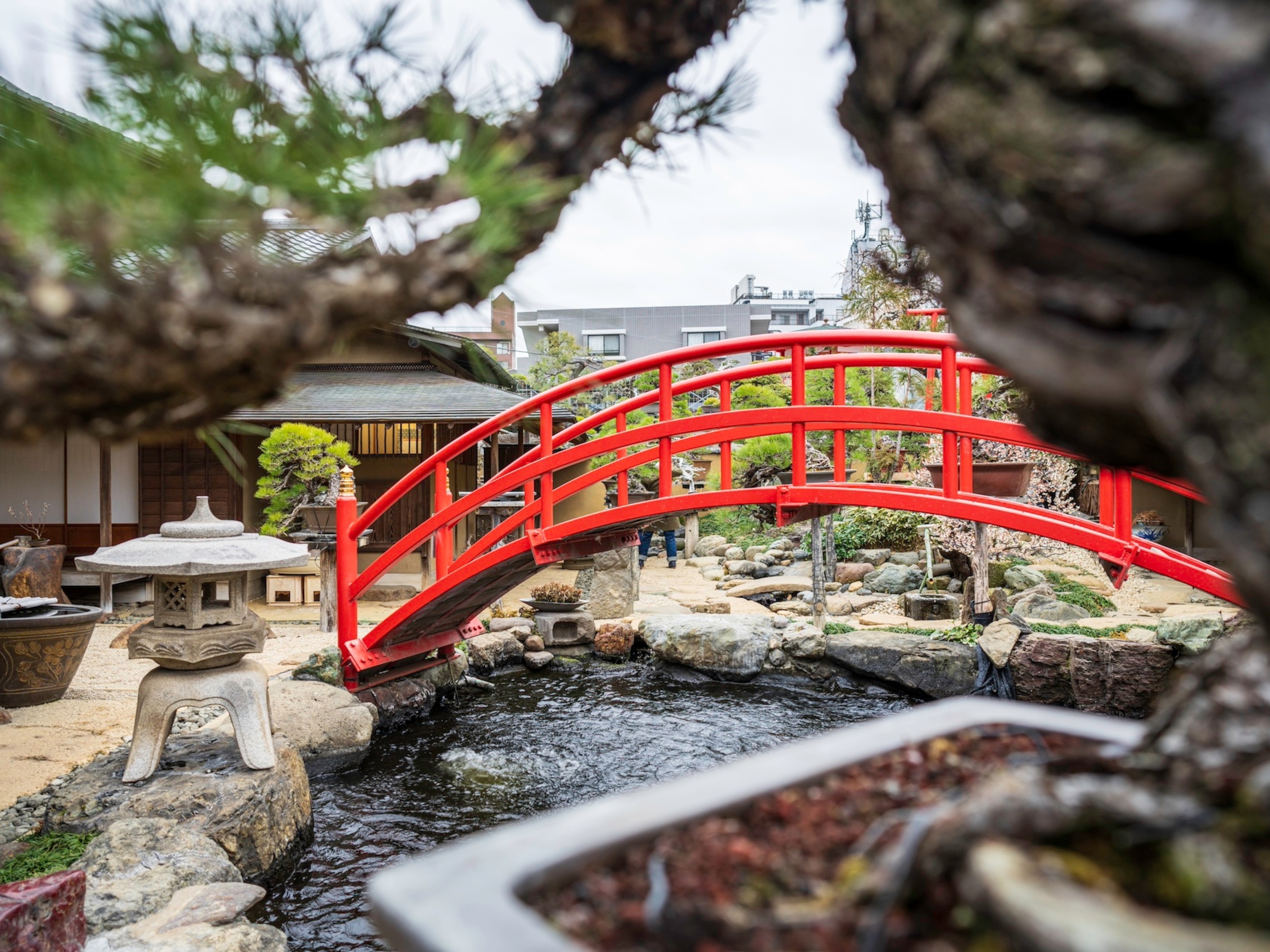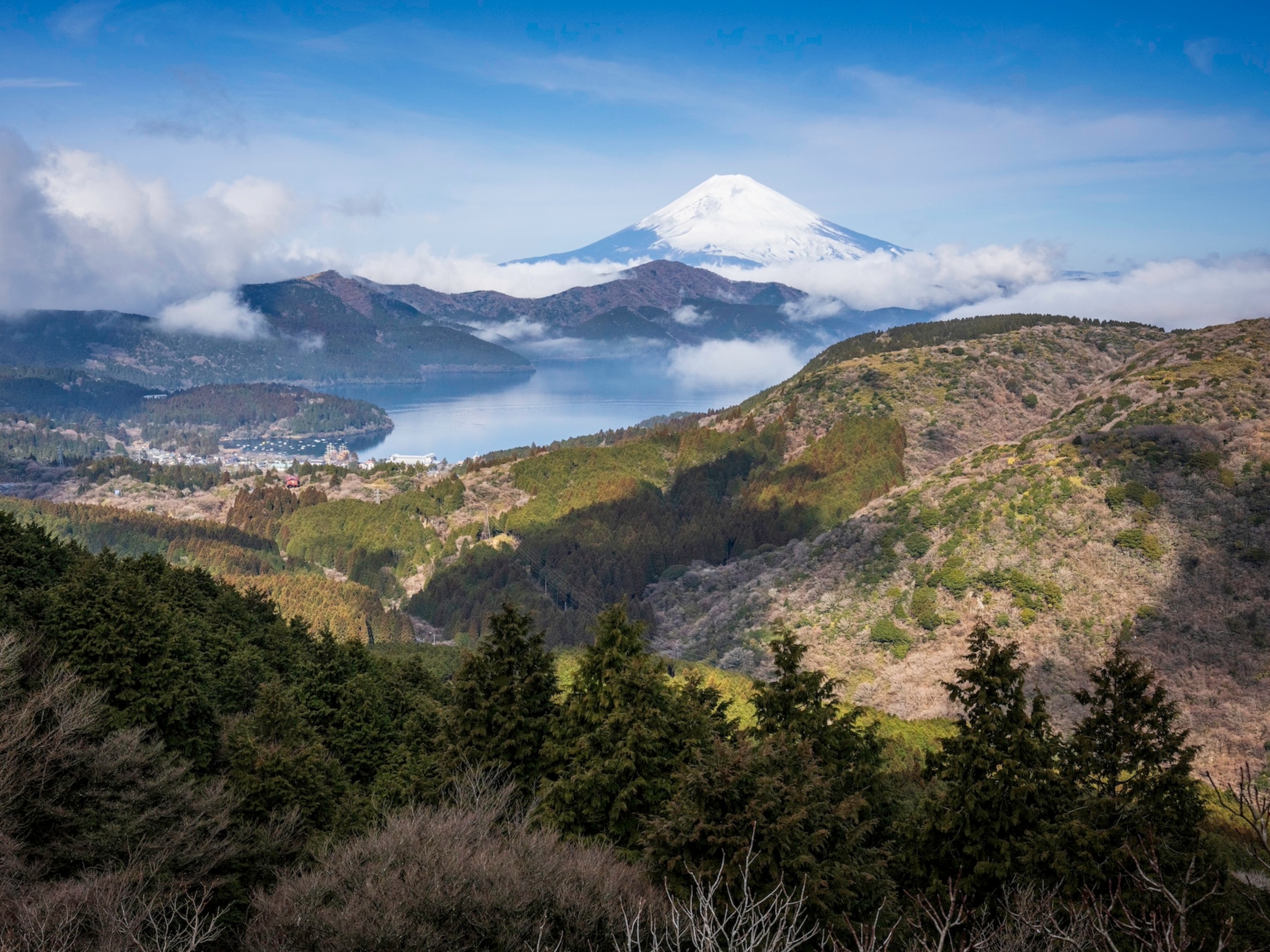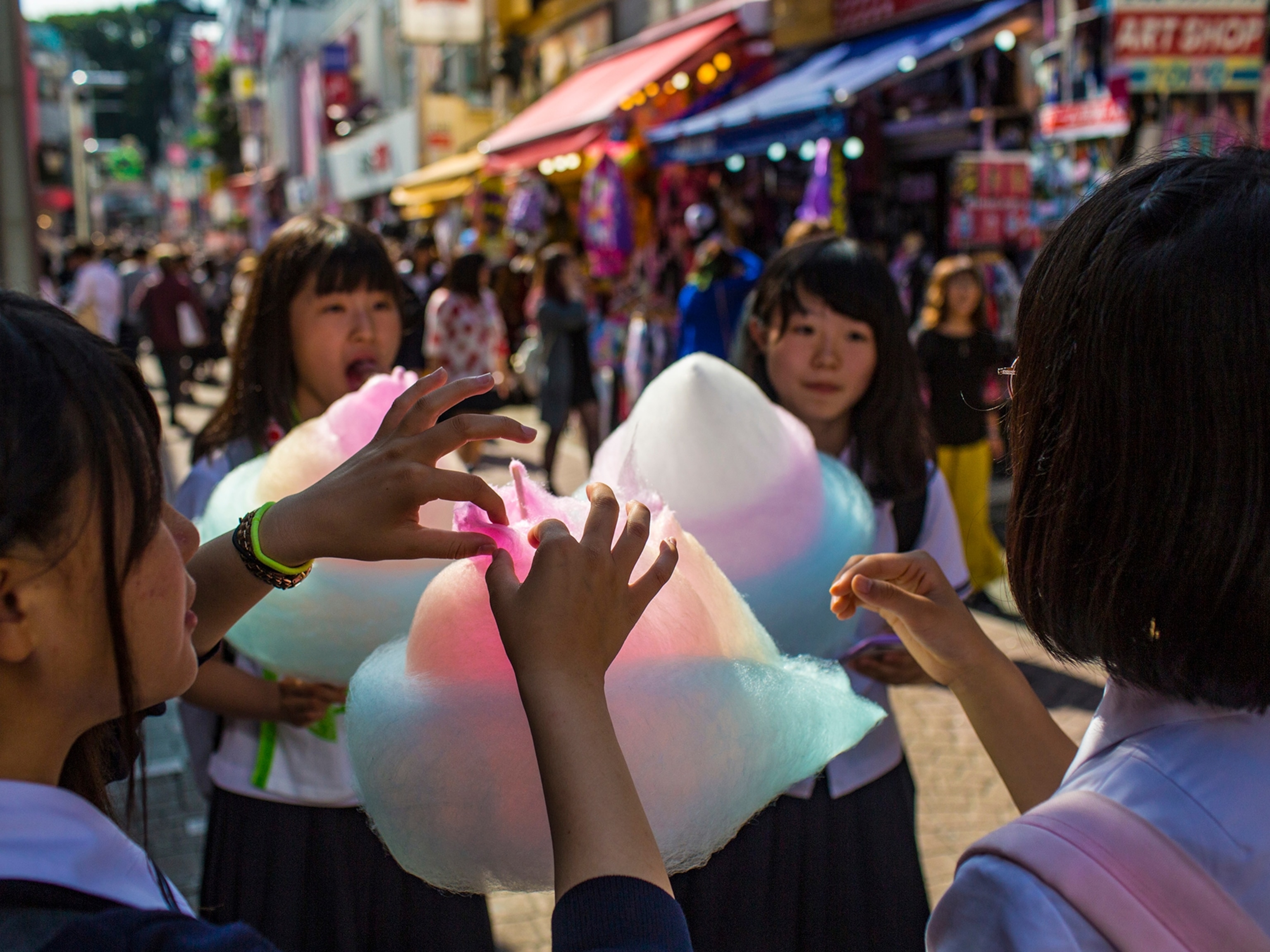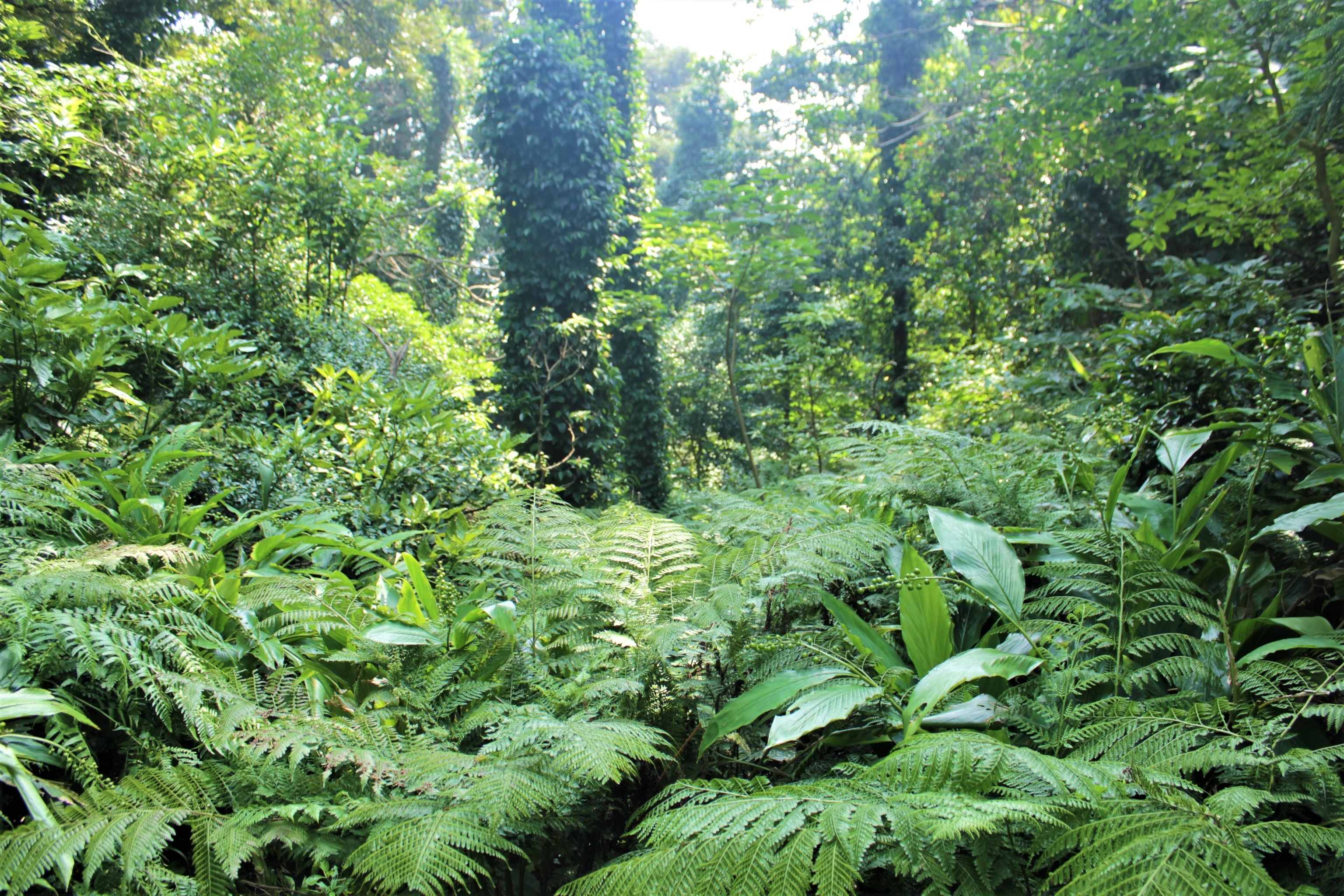
Undiscovered Japan: Tokyo’s best weekend getaways
Beaches, volcanoes, hot springs, nature – expect the unexpected right outside the city limits.
Tokyo is constantly changing – it would take years to truly see everything the city has to offer. However, there is a completely different part of Japan right outside the city that most travelers never hear of. Nature lovers, adventurers and repeat visitors will enjoy these hidden gems that are only a hop, skip and jump away from the capital city.
Venturing south of Tokyo opens up a different world – a world of 11 untouched islands with rugged volcanic landscapes, tropical sandy beaches and dense forests. Believe it or not, some of the country’s most incredible tropical getaways are within Tokyo Prefecture. The Izu Islands and Ogasawara Islands are a haven for nature lovers, beach bums and adventure seekers. Most of the volcanic islands have hot springs and excellent hiking opportunities, but all offer a special nature experience.
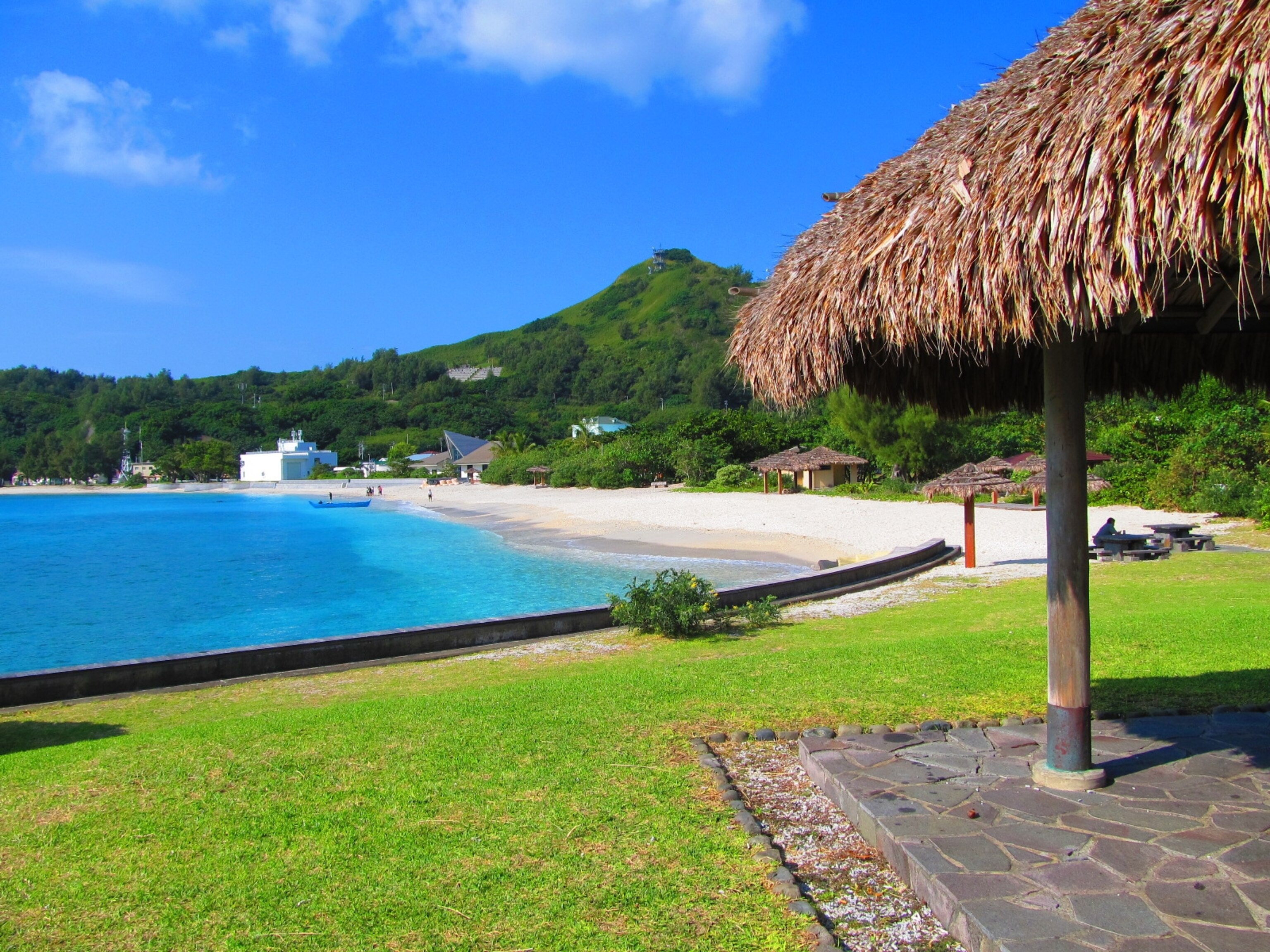
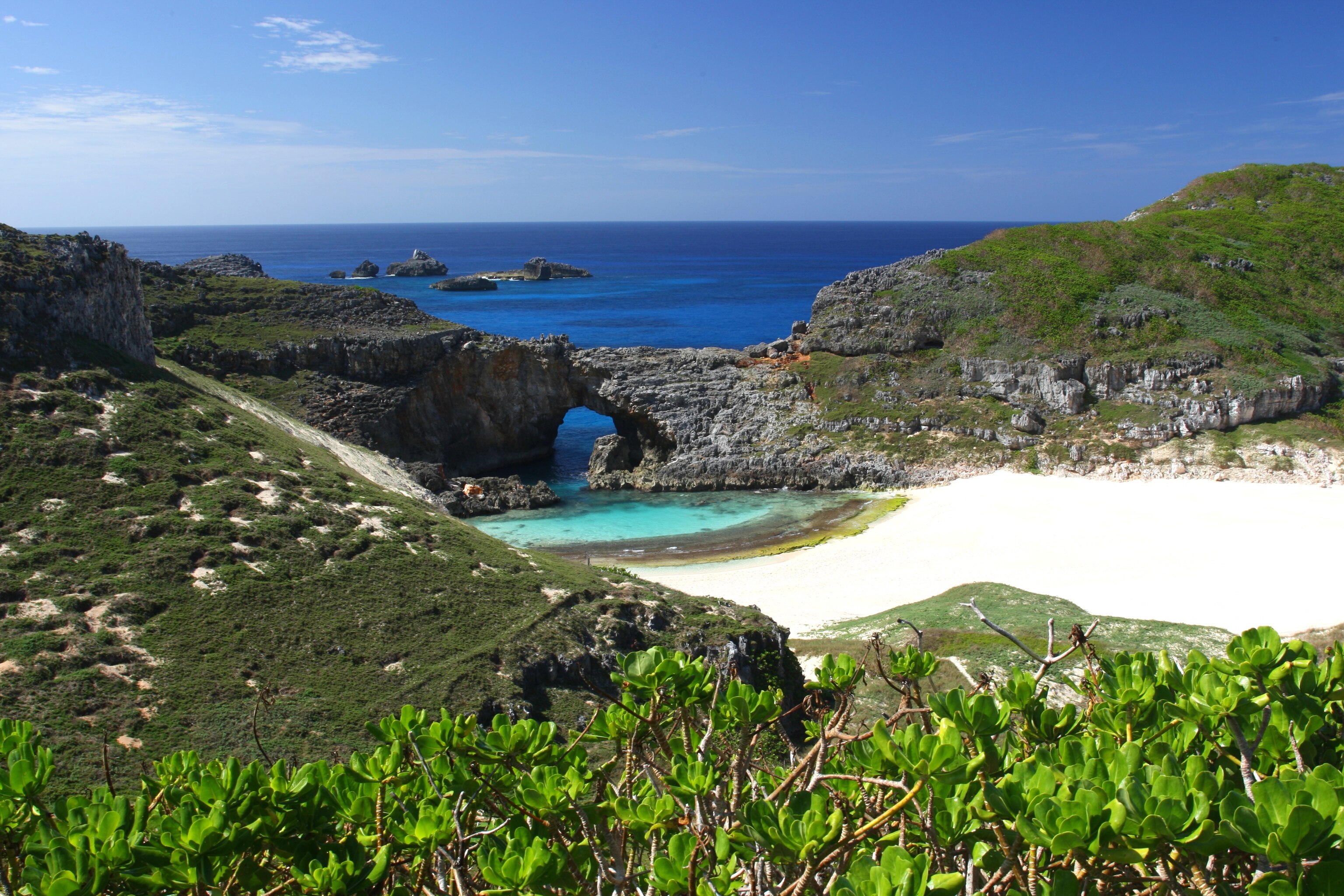
Oshima, the largest of the Izu Islands, has a still-active volcano (Mount Mihara) that has given the island a moon-like landscape. Every January through March, the island is covered in pink camellia, adding to its otherworldly atmosphere. The island of Toshima is home to 300 people and countless pods of dolphins (swim or dive with them from April to November.) Hikers who reach the summit of Mount Miyatsuka will be rewarded with views of Mount Fuji and other islands in the Izu chain. Tiny, undeveloped Shikinejima Island has few roads and only one stoplight, so it’s ideal for walking and biking. This island has the best family friendly beaches, like popular Tomari Beach with its protected turquoise cove. Divers and snorkelers will love exploring the marine life around Kozushima Island, often accessible by jumping off the island’s rocky outcrops. Hikers can cool off in a heart-shaped pond at the top of Mount Tenjyo (the tallest of the island chain’s peaks at 1,877 feet). Miyakejima Island is a haven for birders, who will enjoy searching for the Akokkako (the Izu thrush). Visitors can also stroll along a boardwalk through a lava field created by Mount Oyama’s 1983 eruption. Each island has its own history, geology and secret spots to discover.
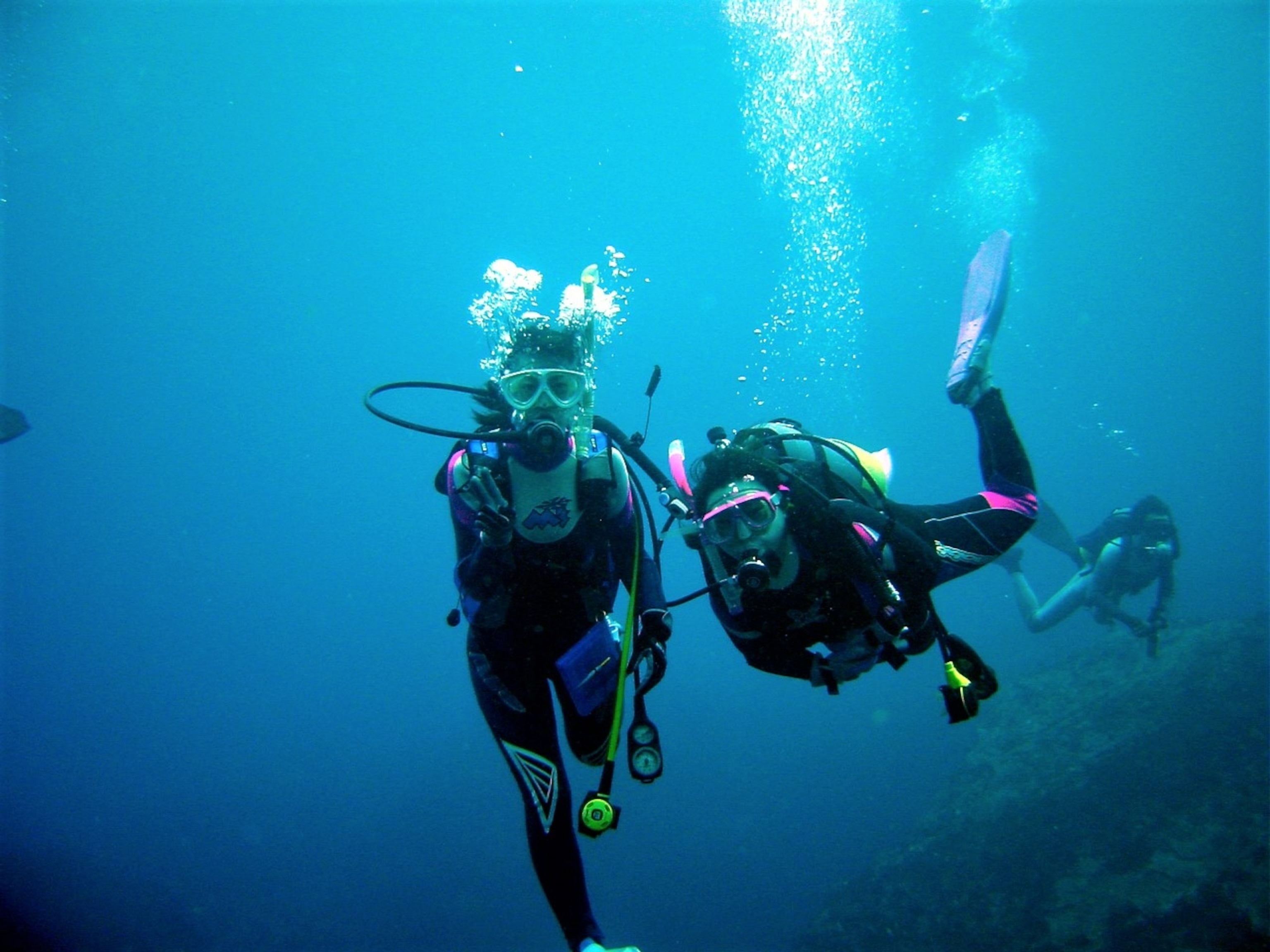
Back on land, the Izu Peninsula in the Shizuoka Prefecture lies west of Tokyo. Shizuoka offers visitors with as little as a day, or with several days to explore, a great mix of modern and traditional Japan. People have been visiting the onsen (natural hot springs baths) in the village of Atami since the Nara period (710 to 794). Izusan Onsen, one of the country’s oldest, was discovered more than 13 centuries ago. Today, both the open air and indoor hot springs baths remain popular with everyone from locals to Japanese starlets. Atami means “hot sea,” a tribute to its saltwater hot springs, which help tone the skin and can ease certain ailments like poor circulation.
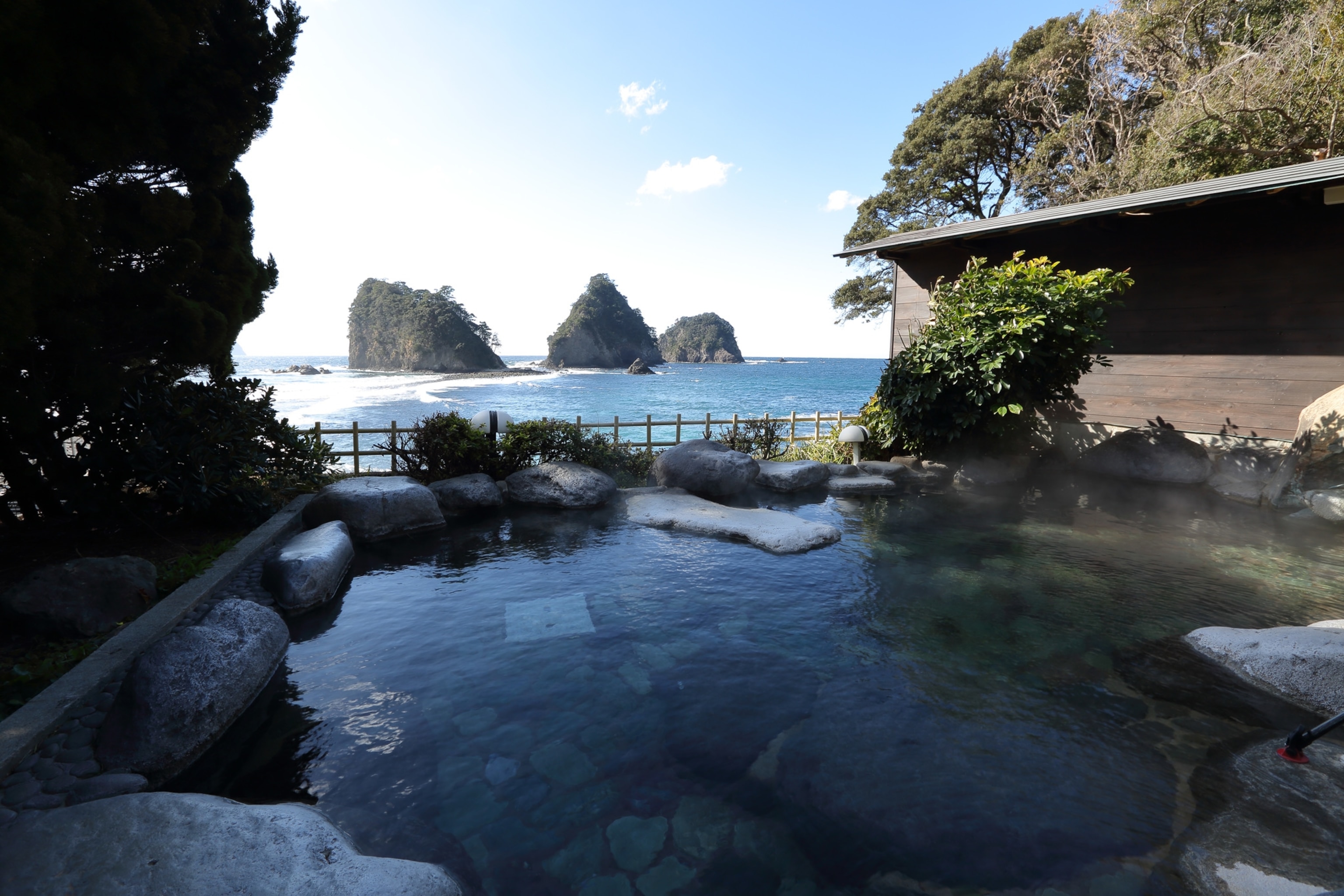
Legend has it that back in the 8th century, a famous monk produced hot water from a rock, which eventually put Shuzenji on the map. The town of Shuzenji, right in the heart of Izu, is a charming onsen temple town that has a long history of attracting famous writers, artists and academics seeking inspiration. Today, the town attracts admirers looking to experience both classic and modern Japan. Visitors can still bask in the temple’s serene and contemplative atmosphere. Hikers can summit Mount Daruma, which has nice views of nearby Mount Fuji. Shigetsuden, a library of Buddhist sutras, is the oldest wooden building the Izu Peninsula. Aside from onsen and inspiration, Shuzenji is known for its creative and plentiful wasabi products.

HOW TO GET THERE
Oshima Island is approximately a 30-minute flight from either Chofu Airport or Haneda Airport. From Takeshiba Ferry Terminal, it is about two hours on the high-speed ferry.
Toshima Island takes approximately two hours and 20 minutes on the high-speed ferry or nine hours on an overnight ferry, both of which depart from Takeshiba Port.
Shikinejima Island is a three-hour high-speed ferry ride or a 10-hour overnight passenger ship journey. Visitors can also take a three-hour flight from Chofu Airport to Niijima Island followed by a 15-minute ferry.
Kozushima is a 45-minute flight from Chofu Airport or a four-hour high-speed ferry ride from Takeshiba Pier.
Miyakejima takes 6.5 hours via ferry or 50 minutes on a flight from Chofu Airport.
Atami is accessible via the the Kodama Tokaido Shinkansen, the limited express Odoriko, regular Tokaido trains or the bus. The shinkansen takes 50 minutes whereas the bus takes up to three hours.
Shuzenji is on the JR Tokaido Shinkansen Line to JR Mishima Station. From there, it is a 33-minute journey on the Izu-Hakone Sunzu Line to Shuzenji Station.
